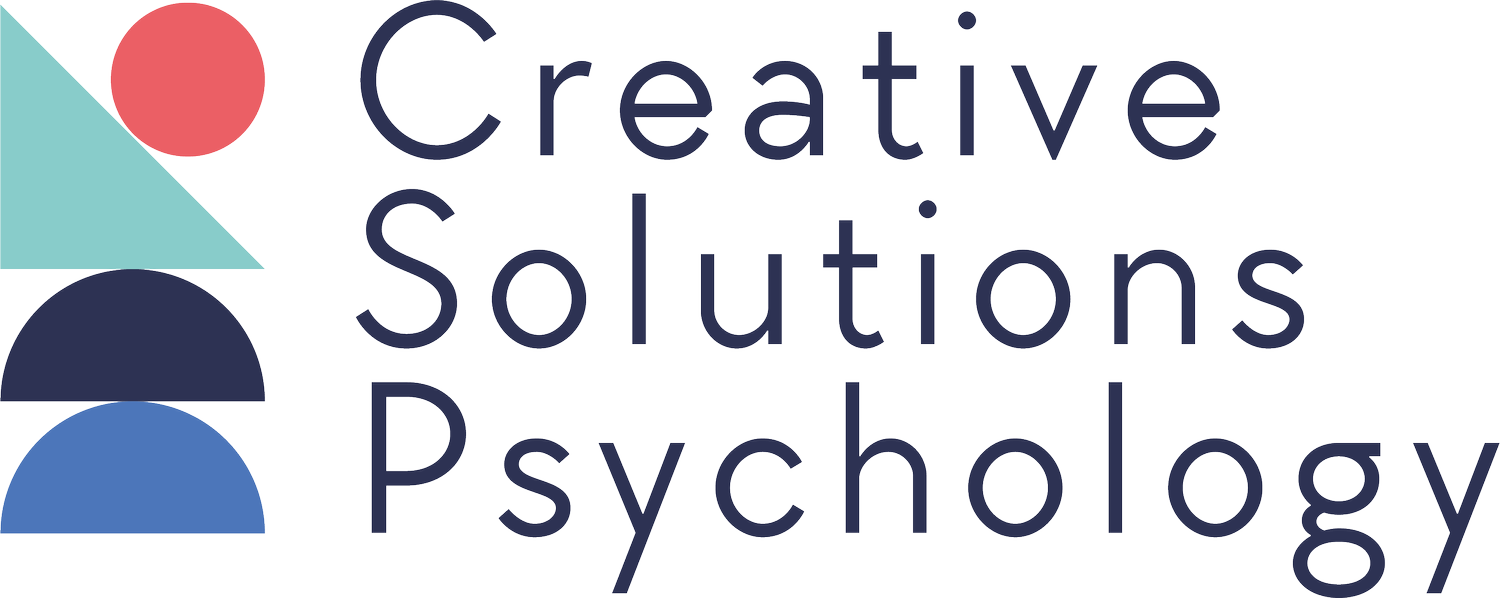Importance of Learning High-Frequency Words
Did you know that the first 13 high-frequency words comprise approximately 25% of most written text?
Did you know that the first 100 to 200 high-frequency words make up over 50% of most written text?
Rationale
Learning to sight-read the first 100 high-frequency words is essential when supporting any child with literacy difficulties. Sight reading means reading words automatically, without sounding them out, because you have an automatic memory of these words. This bank of automated word knowledge significantly improves reading fluency, accuracy (and therefore comprehension) as well as children’s confidence and motivation to read.
Impact on working memory load
As a result of this automated bank of word knowledge, the working memory load during reading is lightened - making reading easier and more enjoyable. To experience the benefits of the reduced working memory load, the words need to be ‘over-learnt’, meaning that they are recalled automatically without any effort. This requires a lot of repetition and rehearsal in many different contexts.
Extra benefits for children with literacy difficulties
Many children with literacy difficulties also experience working memory difficulties. Therefore reducing the load on their working memory is likely to have significant benefits.
Many children with literacy difficulties also experience difficulties with phonological processing (processing speech sounds). Therefore having a bank of words for which they don’t need to rely on their poor phonological skills is a win-win.
Many children with literacy difficulties experience high frustration when learning to read. Utilising the whole-word high-frequency route allows children to experience quick success, boosting their self-esteem as a learner and increasing their motivation to continue reading.
How you can effectively teach you child or you pupils high-frequency words
Teaching a child to read these 13 words by sight means they will have automatic recognition of 25% of the words they meet when reading.
The first 13 most important words to learn by sight are: a, and, for, he, in, is, it, of, that, the, to, was, you.
Once the child has learnt the first 13 words, continue teaching them sight words at least until they have mastered the first 200 high frequency words. You can easily find lists of these words online.
Here are some fun ideas for how to teach these words:
Select a small list of words to begin, like 2 or 3 words.
Use flash cards to rehearse the words, initially just playing a pointing game (say and point).
Play Word-Bingo - this can be turned into a fun family game.
Word Searches (you can find free online tools that do this for you).
Use a range of multisensory tools to practice the words - writing words in sand, using magnetic letters, using colourful pens and paint, chalk, play-dough etc.
Find some poems, short text or even everyday labels to play a spotting game - finding the focus word and highlighting or circling it.
Display the words (those learn and those currently being learnt) in the classroom or at home in a highly visible place.
Create phrases or sentences that contain high-frequency words for children to practice.
Memory Pairs - the cards are laid face-down, children take turns to take two cards over and say them as they try to remember where previously flipped words are. The person who has the most matches at the end wins the game.
You could use a more formalised intervention such as Precision Teaching.
Have fun!
